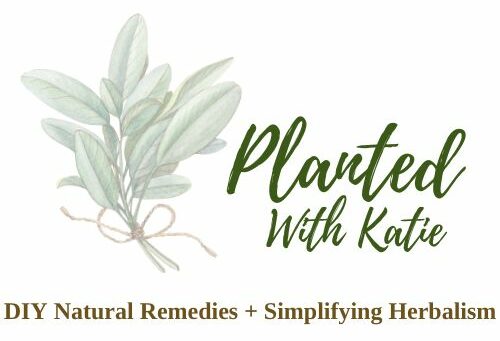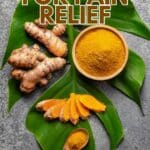What Is The Best Herb For Pain Relief?
What Is The Best Herb For Pain Relief? ... More people are turning to natural herbs for pain relief because we’re tired of quick fixes that only mask the problem and often come with unwanted side effects. We want options that are gentle, effective, and support the body’s natural healing process.
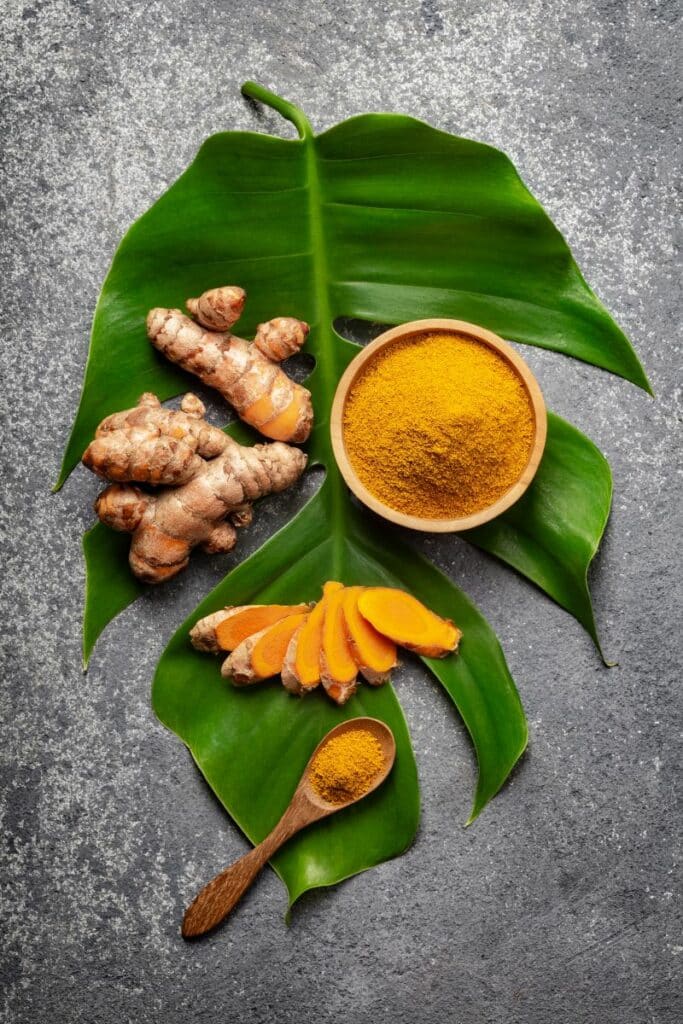
Disclaimer: This is not medical advice. Information and statements shown here are for educational and informational purposes only and are not to replace the advice of your healthcare professional.
This post may include affiliate links. Please refer to our disclaimer for full disclosure.
For centuries, cultures around the world have leaned on traditional herbs for pain relief. Pain relieving herbs and spices were used in kitchens, teas, and tinctures long before pharmacies existed. Even today, many reach for Ayurvedic herbs for pain management or a soothing herbal tea for pain relief before grabbing an over-the-counter pill.
So the question remains, and it’s likely the one that brought you here: what is the best herb for pain relief?
Why Turn to Herbs for Pain Relief?
When it comes to pain, most of us are used to reaching for a bottle of pills. While they can bring fast relief, they often come with side effects and aren’t meant for long-term use. That’s why so many people are exploring natural herbs for pain relief as a safer, more sustainable option.
Herbs work with the body instead of against it. They can calm inflammation, relax muscles, and soothe nerves without putting extra stress on the liver or stomach. For many, the best herbal remedies for chronic pain come from simple plants like turmeric, ginger, or willow bark. These are time-tested remedies that people have trusted for generations.
Another reason herbs are growing in popularity is because they offer real alternatives. Many are considered herbal alternatives to ibuprofen, giving comfort without the risks that often come with daily use of over-the-counter painkillers. Instead of masking the problem, herbs help support healing over time.
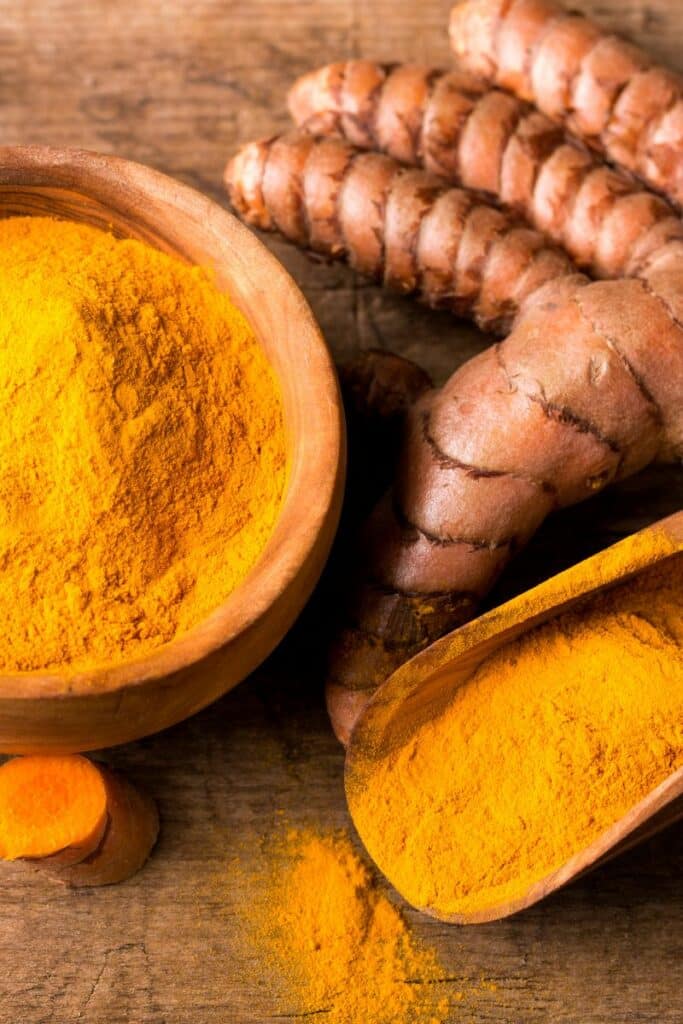
How Herbs Reduce Pain Naturally
One of the main ways herbs bring relief is by calming inflammation. Many natural herbs for pain relief act as anti-inflammatory herbs for joint pain, swelling, and stiffness. Instead of shutting down the body’s response like some medications do, herbs help regulate it, bringing balance and easing discomfort. This is why people often turn to herbs that reduce inflammation naturally, especially when dealing with long-term issues.
For joint health, plant-based remedies for arthritis pain like turmeric, ginger, and boswellia are some of the most trusted. These herbs are rich in compounds that soothe sore tissues and support mobility, making them some of the best herbal remedies for chronic pain. They work with the body over time, helping reduce flare-ups while supporting overall healing.
Another powerful way to use herbs is through herbal tinctures for pain and inflammation. Tinctures concentrate the healing properties of herbs into liquid form, making them easy to take daily or in moments when relief is needed most. Whether it’s back pain, nerve pain, or sore muscles, tinctures deliver quick support in just a few drops.
Everyday Ways to Use Herbs for Pain Relief
Herbs don’t have to be complicated or overwhelming. You can use them in simple, everyday ways that fit right into your life. Here are some of the most effective options.
Sip Herbal Tea for Pain Relief
A warm cup of tea is one of the most soothing and effective ways to ease discomfort. Herbal tea for pain relief not only calms the body but also relaxes the mind. Chamomile tea is well-known for reducing stress and can be a gentle herbal remedy for migraine and headaches.
Ginger tea warms the body and eases sore muscles, making it one of the top herbs for muscle pain relief. Peppermint tea cools and soothes, especially when pain is linked to digestion or tension.
Try Herbal Tinctures and Extracts
Herbal tinctures for pain and inflammation are another simple method. Tinctures are concentrated extracts, so just a few drops can deliver the plant’s benefits quickly. They are especially helpful for chronic pain, arthritis, or times when you need fast support.
Whether you use turmeric for joint pain, willow bark for headaches, or ginger for sore muscles, tinctures make it easy to keep herbs on hand without much preparation.
Use Essential Oils and Herbs for Pain Topically
Massaging sore spots with oils can be a gentle and effective way to bring relief. The best essential oils and herbs for pain include lavender, peppermint, rosemary, and clove.
Mixing a few drops into a carrier oil creates a soothing blend you can apply directly to tight shoulders, achy backs, or stiff joints. These blends can bring herbal pain relief without side effects, making them safe for everyday use.
Cook with Pain Relieving Herbs and Spices
Food can be medicine, and your kitchen is a great place to start. Cooking with pain relieving herbs and spices like turmeric, ginger, garlic, and cayenne brings anti-inflammatory support into your meals every day. These are some of the best plant-based remedies for arthritis pain, as they help reduce swelling and stiffness over time.

Adding these spices and herbs for natural pain relief to soups, stews, or even smoothies makes it easy to care for your body while enjoying flavorful food.
Keep It Simple with Home Remedies
Sometimes the best approach is the simplest. A cup of tea, a soothing massage oil, or a nourishing meal are all home remedies with herbs for pain relief that you can rely on day after day. These small habits add up, supporting healing and offering natural remedies for pain and swelling in ways that feel comforting and doable.
Choosing the Right Herb for Your Pain
Not all pain is the same, which means not all herbs work in the same way. One of the best things about natural herbs for pain relief is that you can choose what works best for your body and your situation.
Best Herb for Menstrual Pain Relief
When cramps hit, herbs like peppermint and chamomile shine. They relax tense muscles and bring calm to the nervous system. Ginger is another favorite, often used as one of the best herbs for healing and recovery because it warms the body and helps ease monthly discomfort. These make up some of the best herb choices for menstrual pain relief.
Natural Pain Relief Herbs for Back Pain
Back pain is often linked to inflammation and tight muscles. Turmeric and boswellia are two of the top anti-inflammatory herbs for joint pain, but they also bring relief for the back. They are considered plant-based remedies for arthritis pain and can be used in tinctures, teas, or cooking. Adding these herbs that reduce inflammation naturally to your routine can make a big difference over time.
What Herbs Help with Nerve Pain
Nerve pain can feel sharp and stubborn, but there are gentle herbal remedies that support it. Cayenne pepper contains capsaicin, which helps calm overactive nerves. St. John’s wort has long been used in traditional herbs for pain relief, especially nerve discomfort. Even simple herbal tea for pain relief, like chamomile or lemon balm, can bring calming support for the nervous system.
Herbal Remedies for Arthritis Pain
Arthritis pain often comes from swelling and stiffness in the joints. Some of the best herbal remedies for chronic pain include turmeric, ginger, and willow bark. These act as herbal alternatives to ibuprofen, calming inflammation while supporting long-term mobility. They are excellent choices when you’re looking for natural remedies for pain and swelling that also encourage healing.
Safe Herbs for Pain During Pregnancy
Pregnancy can bring its own aches and pains, but not all herbs are safe during this time. Some gentle options include ginger for mild muscle discomfort and chamomile tea for relaxation. Always remember to use caution and check with a trusted provider before using herbs while pregnant. Even safe herbs for pain during pregnancy should be used carefully and in small amounts.
Matching the Herb to the Pain
The key to getting the most out of herbs is knowing how to use herbs for pain relief in a way that matches the type of pain you’re experiencing. Different pains call for different approaches. Menstrual cramps respond well to warming herbs like ginger. Back pain benefits from strong anti-inflammatory herbs. Nerve pain requires calming herbs that soothe the nervous system. Arthritis pain is best supported with plant-based remedies that reduce inflammation.
Herbs are not one-size-fits-all, but with a little knowledge you can find the right match for your body’s needs.
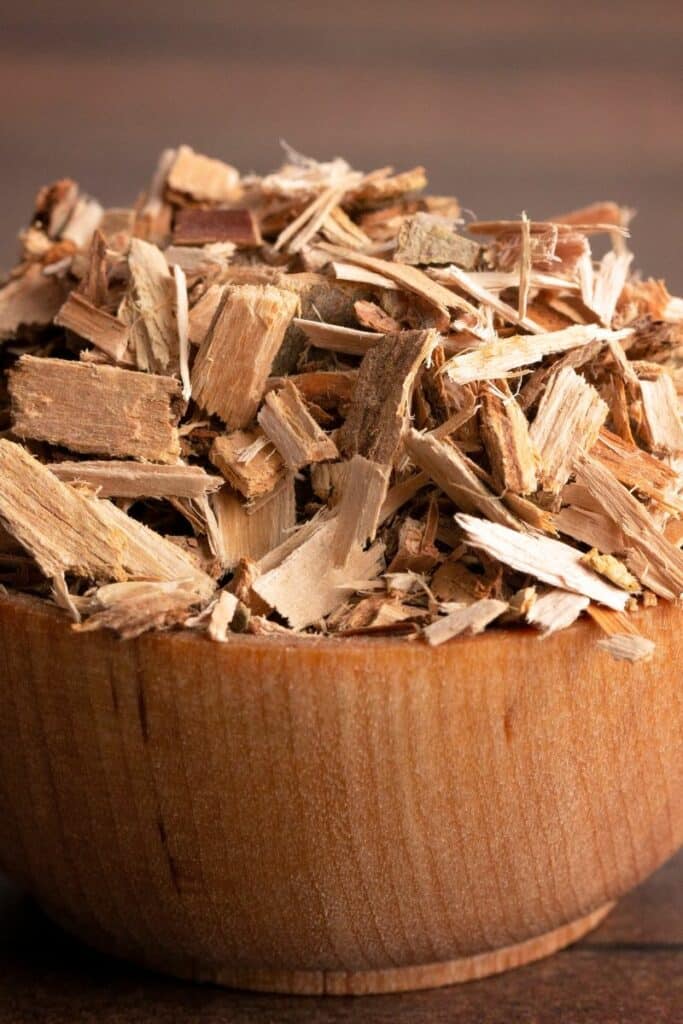
Safety and Precautions
Herbs are powerful, and while they can bring comfort and healing, they aren’t always safe for everyone. Pregnant women, children, and people taking medications need to be extra careful. Some herbs that are wonderful for joint pain or headaches may not be safe during pregnancy, and even safe herbs for pain during pregnancy should always be used with caution.
It’s true that many people choose herbs because they want herbal pain relief without side effects, and in many cases, herbs can offer that. But safety matters. The same plants that give us relief can interact with certain medications or cause issues if taken in the wrong amounts.
Think of this post as a guide to help you learn more about natural herbs for pain relief, not as medical advice. Everyone’s body is different, and what works for one person may not be the best for another. Always do your research, start small, and check with a trusted provider if you’re unsure.
So, What Is the Best Herb for Pain Relief?
After looking at all the options, the truth is there isn’t one single best herb for pain relief. Each herb has its own strengths, and the best choice depends on the type of pain you’re dealing with. Some people find relief with anti-inflammatory herbs for joint pain, others may lean on the best herb for menstrual pain relief, and still others look for what herbs help with nerve pain or natural pain relief herbs for back pain.
Instead of searching for one magic plant, think of herbs as a tool kit. You can choose the best herbal remedies for chronic pain, plant-based remedies for arthritis pain, or even simple home remedies with herbs for pain relief depending on what your body needs in the moment.
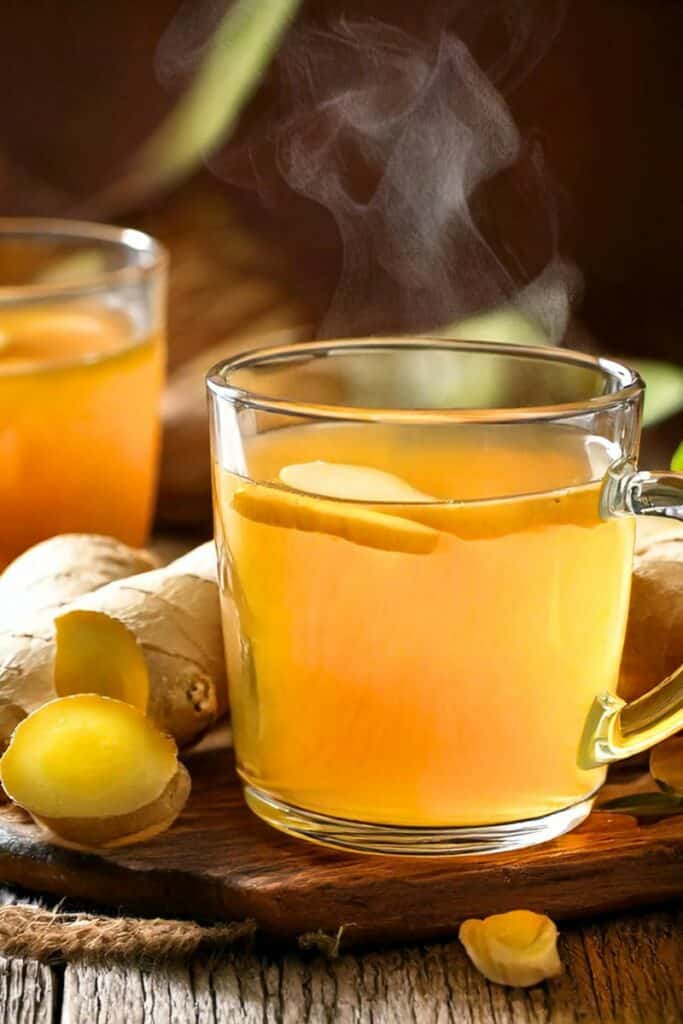
The best herbs for healing and recovery are often the ones you use regularly. Sipping herbal tea for pain relief, cooking with pain relieving herbs and spices, or using herbal tinctures for pain and inflammation are easy ways to bring gentle support into your daily life. These small habits add up and help you build a foundation of health over time.
If you’re just getting started, keep it simple. Try a calming cup of tea or a few drops of a tincture and notice how your body responds. Herbs are a gift, and the more you use them, the more you’ll learn which ones become your trusted go-to remedies.
